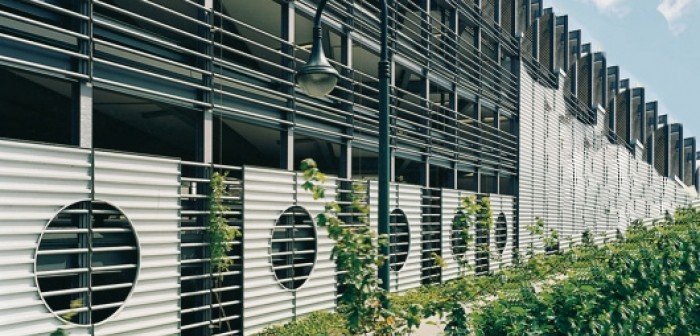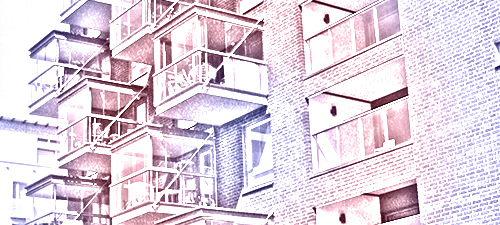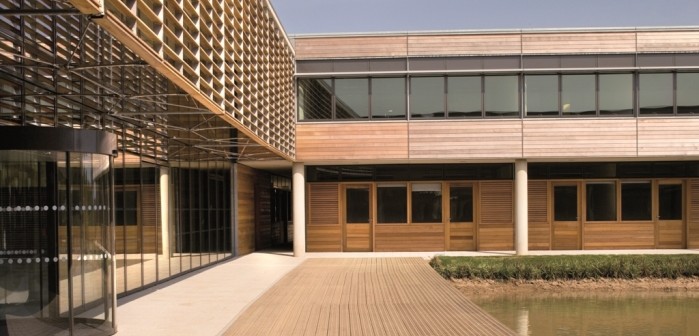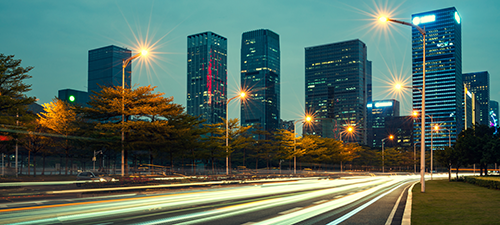 A 2006 study by the Environmental Technology Systems Department of the Institute for Environmental Protection Technology at the Technical University of Berlin involved a comparison between a paint coating (as EN ISO 12944) and hot dip galvanizing (EN ISO 1461) for a steel car park on the basis of a life cycle assessment.
A 2006 study by the Environmental Technology Systems Department of the Institute for Environmental Protection Technology at the Technical University of Berlin involved a comparison between a paint coating (as EN ISO 12944) and hot dip galvanizing (EN ISO 1461) for a steel car park on the basis of a life cycle assessment.
The central value for LCA comparisons is the functional unit – the reference quantity for the comparison. An objective comparison cannot be carried out without identical comparison variables.
The way these values were defined in the study was that the two systems had to provide corrosion prevention for a steel structure which was to be used for 60 years, and which was applied to a steel structure such as a multi-storey car park with a steel area amounting to 20 m²/t. It was assumed that the structure was externally exposed to a medium level of corrosion (corrosion category C3 from ISO 9223).
 The hot dip galvanizing system is a ‘one-off’ corrosion prevention treatment by immersion in molten zinc. With a zinc layer thickness of 100 µm and an average corrosion rate for category C3 of 1 µm/year, the calculated durability far exceeds the required 60 years.
The hot dip galvanizing system is a ‘one-off’ corrosion prevention treatment by immersion in molten zinc. With a zinc layer thickness of 100 µm and an average corrosion rate for category C3 of 1 µm/year, the calculated durability far exceeds the required 60 years.
The environmental impacts connected with this system (resource consumption, energy consumption and wastes) are shown below.
Galvanized system
To guarantee corrosion prevention for 60 years using the paint coating system, the components are first abrasion-blasted to remove the rust.
Then they are initially coated in the works with a three-coat application with a total coating thickness of 240 µm. On-site maintenance operations are then needed after 20 and 40 years, involving partial cleaning and some renewal of the coating.

Painted system
Results
The results calculated using the recognised CML 2 baseline 2000 method are represented by five different environmental impact categories.
The chart below shows these environmental impacts. The results are normalised to the largest contributory factor (consumption of resources). The length of the bars is a measure of the environmental stress.
Life cycle environmental impacts
 The contributory factors for the hot dip galvanizing system are lower in all effect categories than for the paint system. In several effect categories there are marked differences. In comparison with paint, hot dip galvanizing’s score in the category of eutrophication is only 18%, in the resource consumption category it is only 32%, and in relation to the greenhouse effect it is only 38%.
The contributory factors for the hot dip galvanizing system are lower in all effect categories than for the paint system. In several effect categories there are marked differences. In comparison with paint, hot dip galvanizing’s score in the category of eutrophication is only 18%, in the resource consumption category it is only 32%, and in relation to the greenhouse effect it is only 38%.
Hot dip galvanizing is distinguished by lower consumption of resources and less pollution throughout its service life.
Conclusions
The study shows that life cycle assessment is a meaningful method, based on actual practice of ecological comparison of products. It brings out marked differences between two established corrosion prevention systems for steel structures.
The hot dip galvanizing corrosion prevention system displays lower environmental impact for a steel structure with a long service life, as against a paint system. Long service life and freedom from maintenance, the well-known advantages of hot dip galvanizing, are the basis for the environmental benefits of the process.

Savings in global warming potential: hot dip galvanized protection for the steel framed car park (500 tonnes structural steel)




